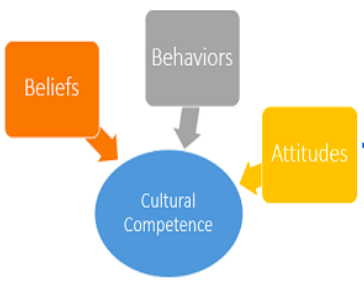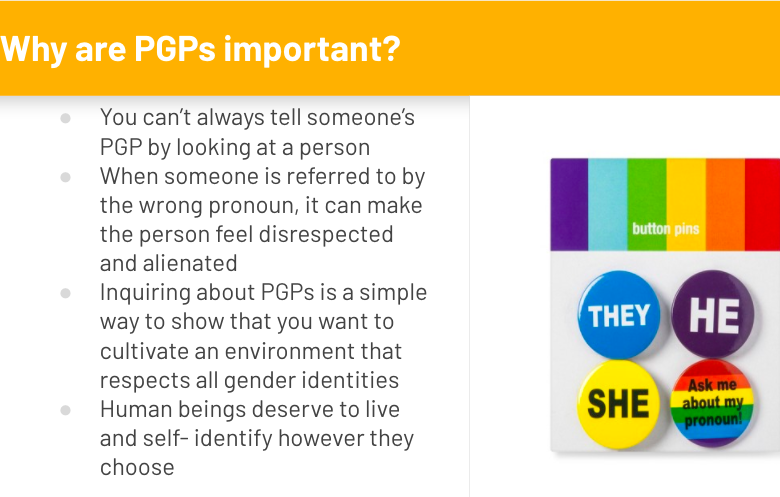Cultural Competence
Cultural Competence
This module will cover cultural competence objectives and goals.
Cultural Competence Overview
Cultural competence refers to a set of behaviors, attitudes, and beliefs that allow a professional to be effective in a variety of cross-cultural situations. It is not an end goal, but a commitment to an ongoing engagement and transformation.
Cultural competence presentations and trainings are understood to be a beginning and an important step in learning to work more effectively with your peers and colleagues, but they are not the only required step. Profound change also requires time, practice and self-reflection.

Learning Objectives
- Create an effective learning environment in which participants can safely explore and gain an understanding of cultural difference and dynamics.
- Increase understanding of intersectionality as it relates to race, ability, religion, sexual orientation, class and gender identity/expression.
- Participate in activities that will produce cross-cultural collaboration strategies for balancing personal and professional values when they are in conflict.
- Provide insight on who UDC students are and gain skills/knowledge to foster a campus that is equitable and affirming.
Preferred Gender Pronouns and why we use them
Greetings Firebird,
At UDC, we are committed to ensuring that everyone feels affirmed, respected, and safe. A great way to ensure that everyone can feel and experience that is through the usage of gender pronouns.
Before we start with that, let’s go from the top!
What is a pronoun? A pronoun is any word that can replace a noun or noun phrase (I, you, them).
What is a gender pronoun? Gender pronouns refer specifically to people that are being talked about (he/him/his, she/her/hers, they/them/theirs etc.).
What is a preferred-gender pronoun (PGP)? A preferred gender pronoun (PGP) is a pronoun an individual chooses to identify with and would prefer others use when talking to or about that individual.

Visit with us
Center for Diversity, Inclusion & Multicultural Affairs